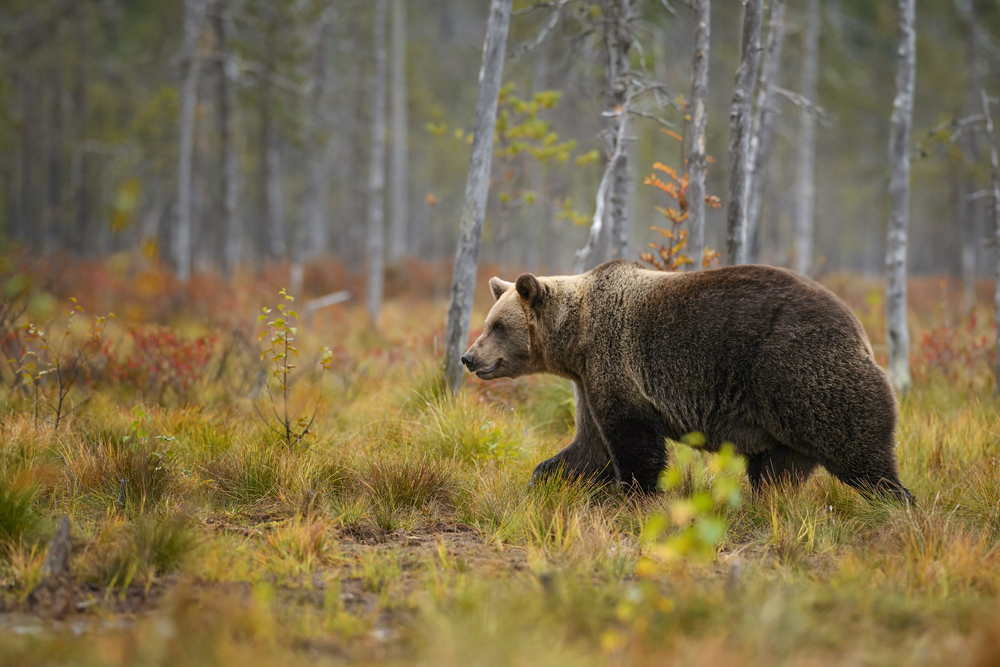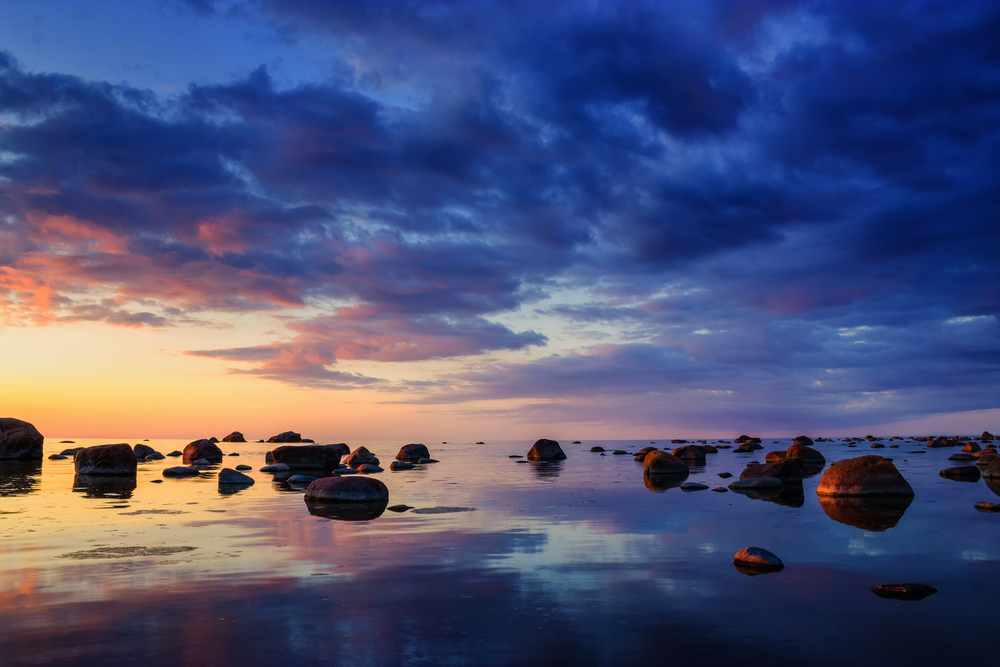Matsalu Overview
Matsalu National Park, known locally as Matsalu Rahvuspark, is one of Estonia’s most treasured natural reserves. Located in the western part of the country near the Gulf of Finland, it spans approximately 188 square miles (486 square kilometers). This expansive park was established to protect the vital wetlands, meadows, and reed beds that make up its unique ecosystem.
Situated along the Kasari River delta and the Matsalu Bay, the park is a cornerstone of Estonia’s conservation efforts, offering a breathtaking landscape of coastal waters, marshlands, and scattered islets. Its lush environment transforms throughout the seasons, showcasing vibrant wildflowers in spring, golden meadows in summer, and serene, frost-covered expanses in winter.
The park’s terrain is a mosaic of diverse habitats, including over 30 square miles (78 square kilometers) of reed beds—the largest of their kind in northern Europe. The Kasari River, a defining feature, meanders through the region, creating a network of floodplains and meadows that host a rich variety of flora and fauna. Forested areas are interspersed with open grasslands, offering a variety of landscapes for visitors to explore.
Key highlights include the Matsalu Bay, a shallow inlet of the Baltic Sea, and Puise Peninsula, which provides sweeping views of the surrounding waters and islands. The area is also home to historic farmsteads and windmills, blending human history with natural beauty.
Matsalu National Park is internationally renowned as a paradise for birdwatchers. Over 270 bird species have been recorded here, with the park serving as a critical stopover for migratory birds along the East Atlantic Flyway. Thousands of barnacle geese, cranes, and whooper swans can be seen during migration seasons in spring and autumn, creating a spectacular natural display.
Mammals such as roe deer, elk, and wild boar roam the meadows and forests, while smaller creatures like foxes and badgers are also prevalent. The wetlands are teeming with life, including frogs, insects, and a variety of fish species that support the ecosystem.
Visitors to Matsalu National Park are drawn to its unspoiled beauty and tranquility. Popular features include the numerous birdwatching towers scattered across the park, offering unparalleled views of the wetlands and the birdlife they host. Hiking trails, such as the Penijõe-Aegviidu trail, wind through the varied terrain, allowing for intimate exploration of the landscapes.
Kayaking along the Kasari River or in Matsalu Bay is another favored activity, offering a unique perspective of the park’s vast reed beds and waterways. The visitor center in Penijõe provides educational exhibits about the park’s ecology and history.
Matsalu faces challenges related to the impacts of climate change and the need to balance human activities, such as agriculture and tourism, with conservation goals. However, the park has been a leader in successful habitat restoration and species monitoring programs, particularly for its bird populations.
International recognition, including its designation as a Ramsar wetland of international importance, highlights the success of ongoing efforts to preserve this unique environment for future generations.















































































